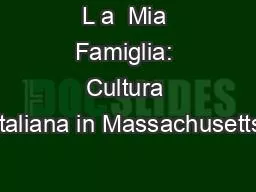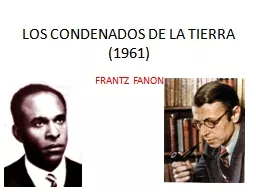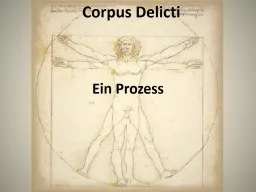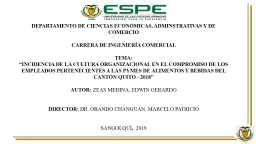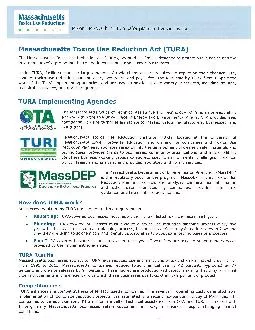PPT-L a Mia Famiglia: Cultura Italiana in Massachusetts
Author : avantspac | Published Date : 2020-08-27
Morgan Bavosi IL PROGETTO UN ALBERO GENEALOGICO Ricerca della mia famiglia Cinque generazioni Io g enitori nonni bisnonni trisnonni
Presentation Embed Code
Download Presentation
Download Presentation The PPT/PDF document "L a Mia Famiglia: Cultura Italiana in M..." is the property of its rightful owner. Permission is granted to download and print the materials on this website for personal, non-commercial use only, and to display it on your personal computer provided you do not modify the materials and that you retain all copyright notices contained in the materials. By downloading content from our website, you accept the terms of this agreement.
L a Mia Famiglia: Cultura Italiana in Massachusetts: Transcript
Download Rules Of Document
"L a Mia Famiglia: Cultura Italiana in Massachusetts"The content belongs to its owner. You may download and print it for personal use, without modification, and keep all copyright notices. By downloading, you agree to these terms.
Related Documents

